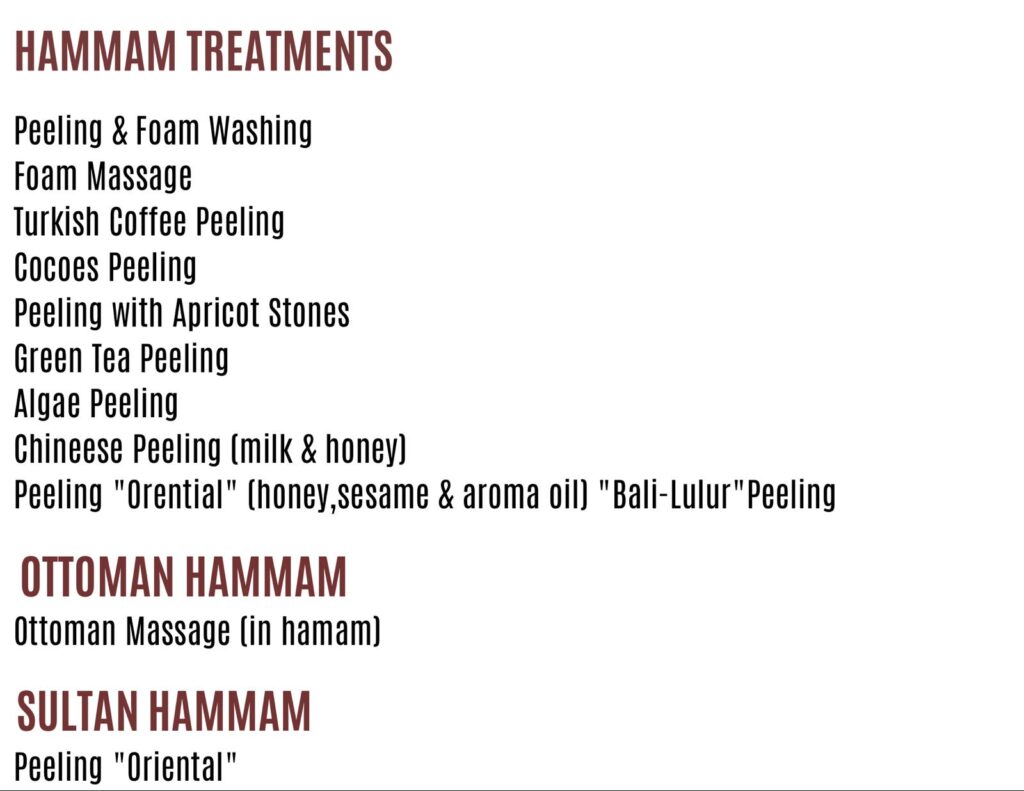What is a Turkish Hamam?
A Turkish Hamam, also known as a Turkish bath, is a type of steam bath that originated in the Middle East and became popular in Turkey. It is a place of public bathing associated with the culture of the Ottoman Empire and the Islamic world. The traditional Turkish Hamam experience typically includes the following components:
- Warm Room (Tepidarium): Visitors start in a warm room to acclimate their body to the heat.
- Hot Room (Hararet): The main feature, this is a large, heated room with a central, raised platform (Göbektaşı) where guests lie down and sweat. The heat is usually provided by a continuous flow of hot, dry air.
- Washing (Kese): After sweating, guests are scrubbed with a rough mitt (kese) to exfoliate dead skin cells.
- Massage (Sabunlama): A soapy massage often follows the scrubbing.
- Cooling Room (Sogukluk): Finally, guests move to a cooling room to relax and cool down.
Health and Wellness Benefits:
- Detoxification: The sweating process in the hot room helps detoxify the body by expelling toxins through the skin.
- Improved Circulation: The heat and steam improve blood circulation, promoting cardiovascular health.
- Skin Health: Exfoliation removes dead skin cells, leaving the skin smooth and revitalized.
- Muscle Relaxation: The heat helps in relaxing muscles and relieving tension, making it beneficial for those with muscular pain or stiffness.
- Respiratory Health: The steam can help clear sinuses and improve respiratory function, beneficial for individuals with respiratory issues.
Stress Relief and Relaxation:
- The serene and soothing environment of a Hamam provides significant stress relief, reducing anxiety and promoting overall mental well-being. The ritualistic nature of the experience also encourages mindfulness and relaxation.
See our Hamam treatments below:

